Excessive sweating, medically known as hyperhidrosis, can cause more than just discomfort — it creates an ideal environment for bacterial growth on the skin. Sweat itself is mostly water, but when combined with body heat and natural oils, it becomes a breeding ground for bacteria that thrive in moist areas. This is where Hyperhidrosis Treatment in Dubai comes in, offering advanced, medically guided solutions that not only reduce excessive sweating but also help maintain a clean, bacteria-free skin surface. These treatments, provided by experienced specialists, focus on restoring skin balance and preventing infections that often result from persistent moisture.
Understanding Hyperhidrosis and Bacterial Growth
To understand how hyperhidrosis care helps stop bacterial growth, it’s important to know how the process begins.
When sweat accumulates on the skin for extended periods, it mixes with dead skin cells and sebum (skin oil). Bacteria such as Corynebacterium and Staphylococcus species thrive in this environment, feeding on sweat components. This bacterial activity can lead to:
- Unpleasant body odor
- Skin irritation and rashes
- Inflammation and infection (such as folliculitis)
- Social discomfort and loss of confidence
How Hyperhidrosis Care Prevents Bacterial Growth?
Hyperhidrosis treatments focus on targeting sweat glands or regulating sweat production. By minimizing sweat output, these treatments reduce bacterial growth and maintain optimal skin hygiene. Below are the major ways this care works to keep bacteria away:
| Mechanism | How It Helps | Result on Skin |
|---|---|---|
| Sweat Reduction | Limits moisture levels in areas like underarms, palms, or feet | Less bacterial activity and odor |
| Balanced Skin pH | Treatments help restore skin’s natural acidic barrier | Prevents bacterial overgrowth |
| Improved Air Circulation | Reduced moisture allows skin to breathe better | Healthier skin with minimal irritation |
| Antiperspirant Therapies | Medical-grade formulations kill or inhibit bacteria | Cleaner, fresher skin |
| Laser or Injection Therapies | Deactivate overactive sweat glands | Dry, bacteria-resistant environment |
Popular Medical Approaches to Manage Hyperhidrosis
Medical experts employ advanced methods to stop excessive sweating and improve skin hygiene. Let’s explore some of the most effective and widely recommended options:
Botulinum Toxin Injections (Botox®)
This minimally invasive treatment blocks nerve signals that trigger sweat production. By temporarily deactivating sweat glands, it helps keep underarms, palms, and soles dry for months, drastically reducing bacterial accumulation.
Iontophoresis
This non-invasive procedure uses mild electrical currents in water to temporarily block sweat glands. It is particularly beneficial for the hands and feet — areas where bacterial growth is common due to constant moisture.
Medical-Grade Antiperspirants
Unlike store-bought deodorants, clinical formulations contain higher concentrations of aluminum chloride hexahydrate. This ingredient forms a temporary barrier in the sweat glands, controlling moisture and reducing odor-causing bacteria.
Laser and Microwave Therapies
Modern technologies target and deactivate overactive sweat glands beneath the skin’s surface. As sweating decreases, bacteria lose their habitat, resulting in long-term freshness and skin protection.
Oral and Topical Medications
For some patients, dermatologists prescribe medications that alter nerve signals responsible for sweat production. When combined with antibacterial skincare, this therapy helps maintain a clean and dry skin surface.
Scientific Link Between Sweat Reduction and Bacterial Control
Sweat does not inherently smell — it’s the bacteria that break down the sweat that cause odor. Therefore, by controlling sweat secretion, hyperhidrosis care indirectly cuts off the food source of bacteria.
Here’s how it works scientifically:
| Step | Biological Process | Effect on Bacteria |
|---|---|---|
| 1 | Excess sweat accumulates | Moisture creates an ideal bacterial environment |
| 2 | Bacteria feed on sweat components | Produces acids responsible for odor |
| 3 | Hyperhidrosis treatment reduces sweat | Bacteria lose their nutrient source |
| 4 | Reduced bacterial metabolism | Odor and infection risks decrease |
| 5 | Balanced skin condition | Clean, refreshed, and infection-free surface |
Maintaining Skin Hygiene After Hyperhidrosis Care
Professional treatments give long-term results, but proper hygiene practices can enhance these outcomes further. Patients are encouraged to adopt the following habits:
- Use Antibacterial Cleansers: Gentle antibacterial soaps help remove bacteria without over-drying the skin.
- Wear Breathable Fabrics: Cotton or moisture-wicking materials keep skin ventilated.
- Stay Hydrated: Proper hydration maintains body temperature and skin balance.
- Avoid Fragranced Deodorants: These can irritate sensitive post-treatment skin.
- Follow Dermatologist Advice: Aftercare instructions ensure safe and effective healing.
Why Choose Expert Doctors for Hyperhidrosis Care?
The success of hyperhidrosis treatment depends heavily on medical expertise. At Dynamic Life Clinics, procedures are performed by highly qualified dermatologists and aesthetic specialists trained in advanced sweat-control techniques.Their precision, patient-centered approach, and deep understanding of skin microbiology allow them to customize treatments that effectively minimize sweat while preserving skin health. From diagnosing the cause of excessive sweating to implementing personalized care, their proficiency ensures not only dryness but also lasting bacterial protection.Each session is carefully monitored to ensure maximum comfort and hygiene, giving patients renewed confidence in their daily interactions.
Comparative Overview: Normal Sweat vs. Controlled Sweat
| Factor | Normal/Untreated Hyperhidrosis | Post-Treatment Condition |
|---|---|---|
| Sweat Production | Excessive and uncontrollable | Controlled and minimal |
| Skin Condition | Damp, prone to irritation | Dry, smooth, and healthy |
| Bacterial Growth | Rapid bacterial buildup | Greatly reduced bacterial count |
| Body Odor | Strong and persistent | Neutral or mild |
| Confidence Level | Often affected | Restored and improved |
FAQ’s:
1. Can bacteria cause hyperhidrosis?
No, bacteria do not cause hyperhidrosis. The condition results from overactive sweat glands. However, excessive sweating encourages bacterial growth, which can cause odor and irritation.
2. How soon do treatments start reducing bacterial growth?
Most patients notice reduced odor and dryness within a few days to weeks after treatment, depending on the procedure type.
3. Are the effects of bacterial control permanent?
While results are long-lasting, maintenance sessions may be needed as sweat gland activity can gradually return over time.
4. Is daily hygiene still necessary after treatment?
Yes. Even though sweating is reduced, maintaining regular hygiene helps sustain the skin’s natural barrier and prevents bacterial return.
5. Which body areas benefit most from hyperhidrosis care?
Underarms, palms, soles, and facial areas are the most commonly treated, as these regions are most prone to bacterial growth and odor.
6. Are these treatments safe for sensitive skin?
Yes. When performed by certified dermatologists, are tailored to individual skin types, ensuring both safety and effectiveness.
7. How does reduced sweating improve confidence?
Less moisture means fewer odors and stains, allowing patients to feel more comfortable and confident in social or professional settings.
Conclusion
Hyperhidrosis care plays a vital role not just in managing excessive sweating but also in preventing the bacterial growth that accompanies it. By regulating sweat production, these treatments create a cleaner, drier, and healthier skin environment. From advanced injection therapies to innovative medical-grade solutions, each approach contributes to better hygiene, reduced odor, and improved self-esteem.With expert supervision and state-of-the-art technology, the specialists at Dynamic Life Clinics ensure patients achieve lasting results that go beyond sweat control—offering true freedom from bacterial discomfort and restoring confidence in every moment.

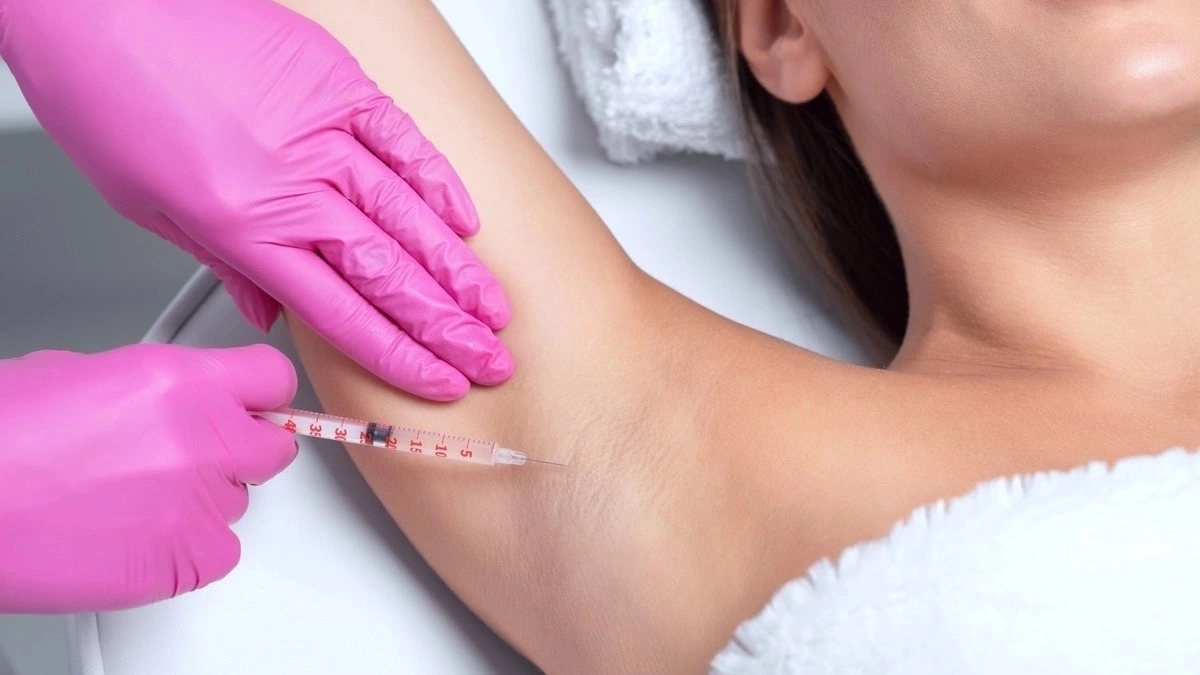
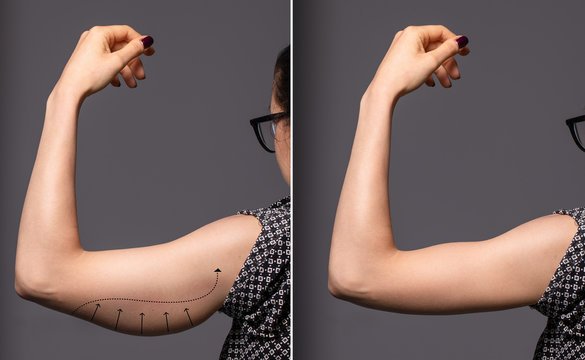

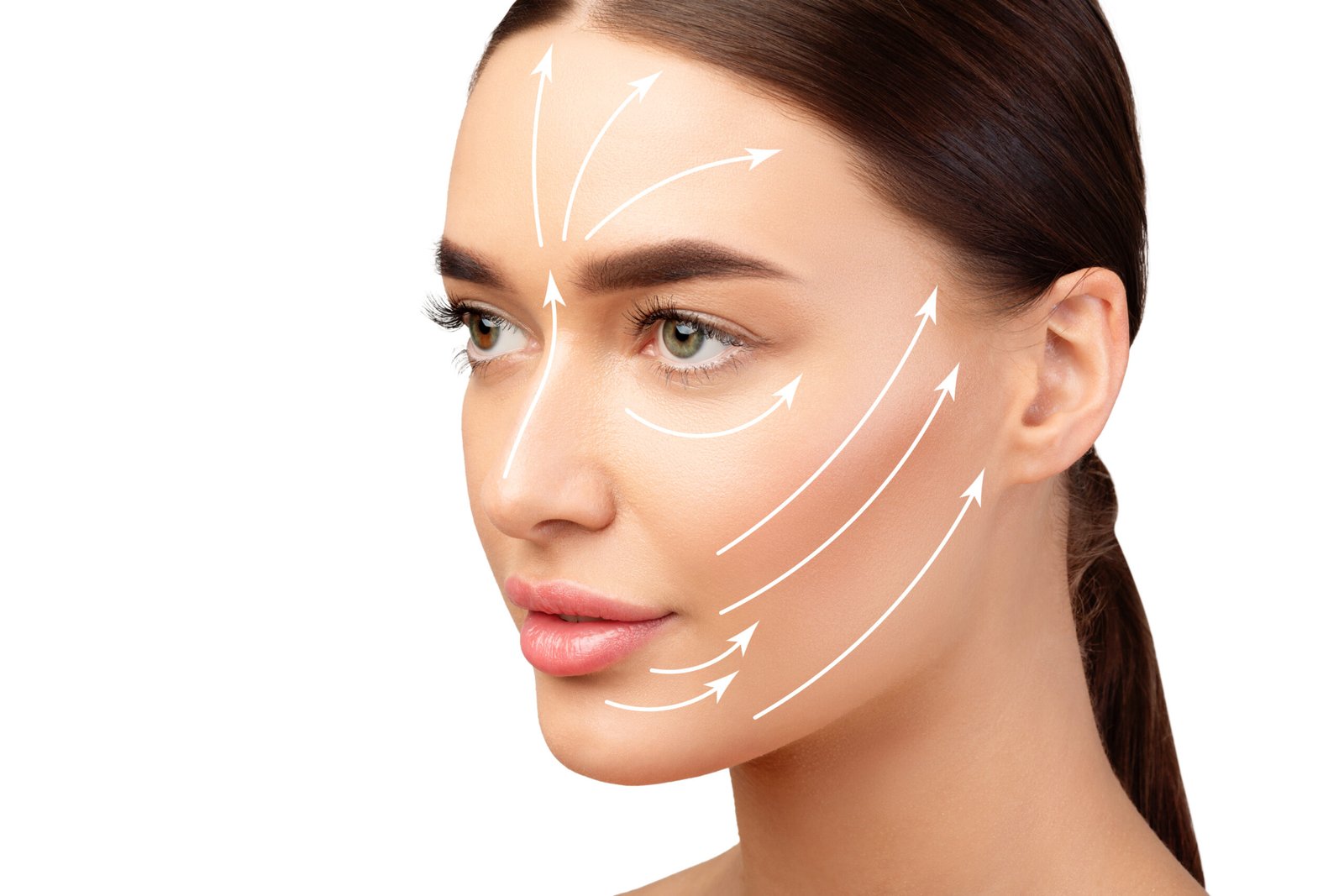
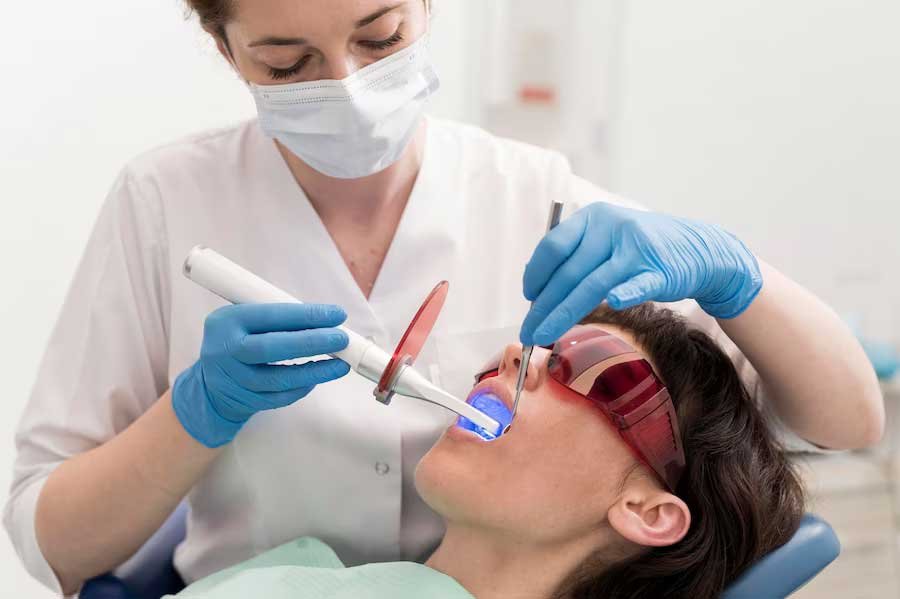
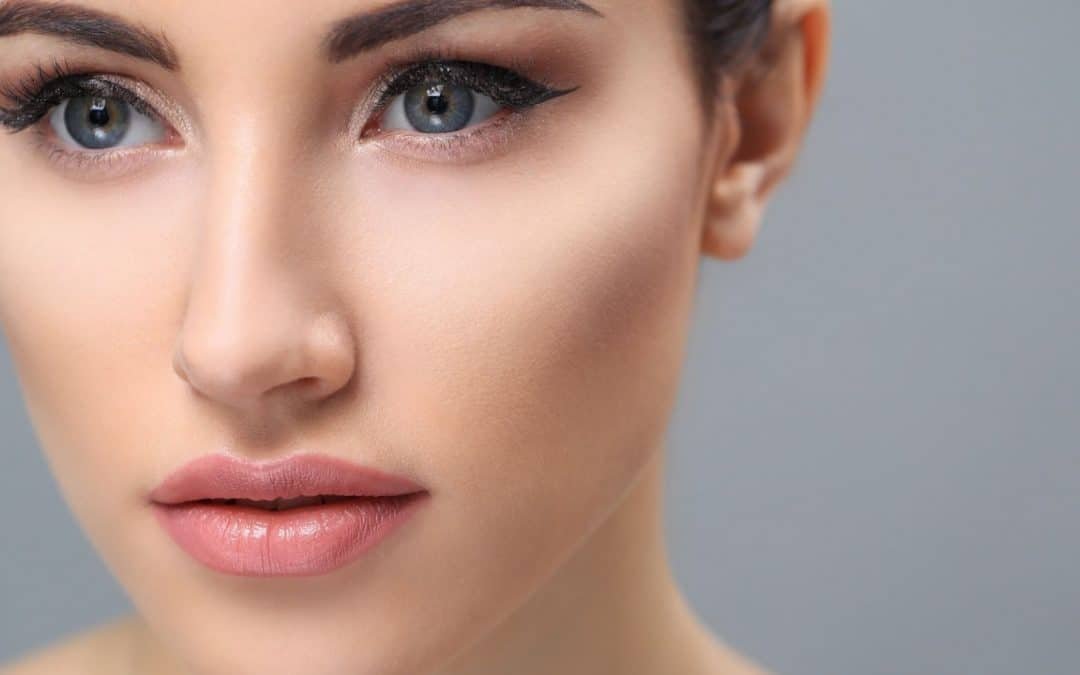
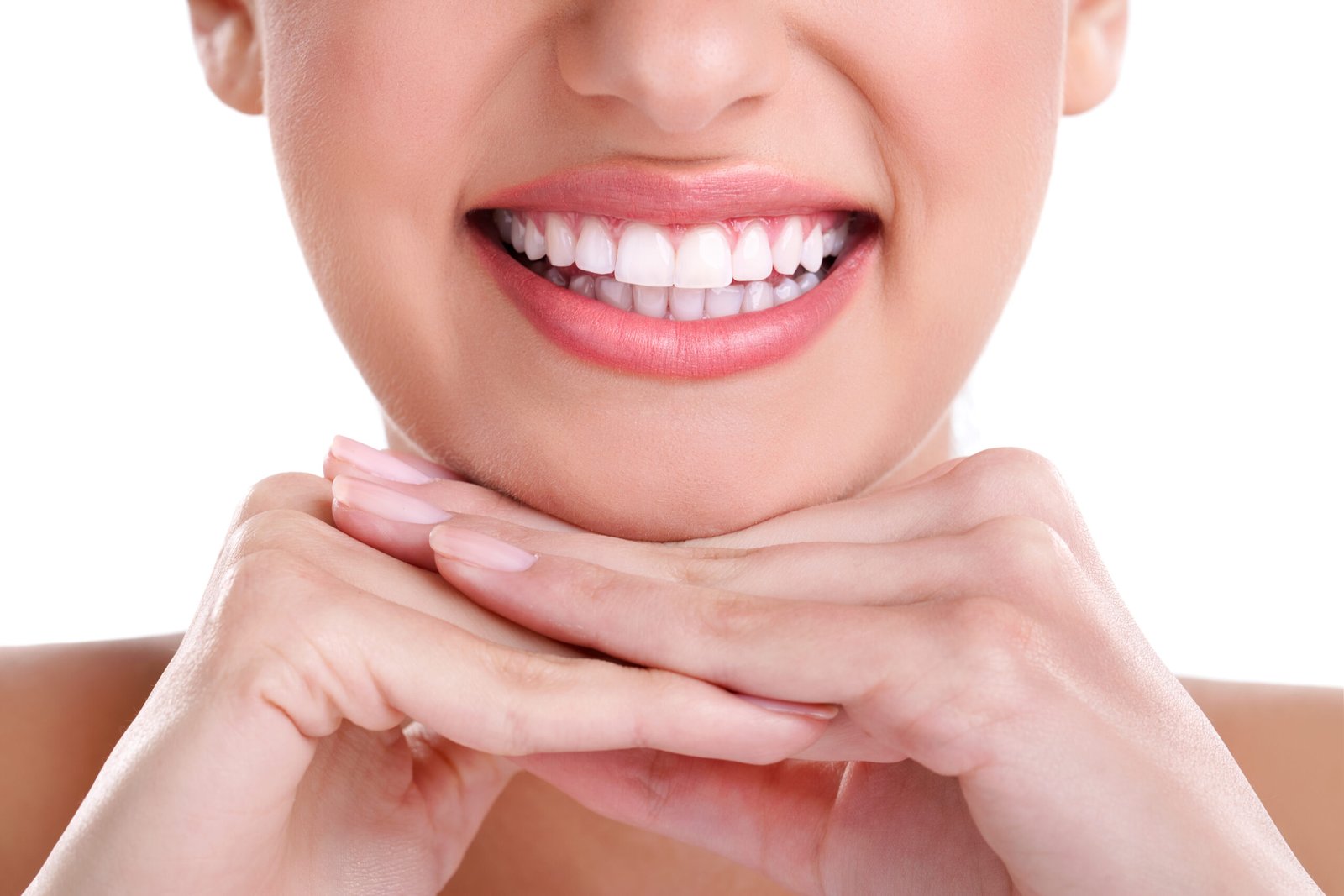
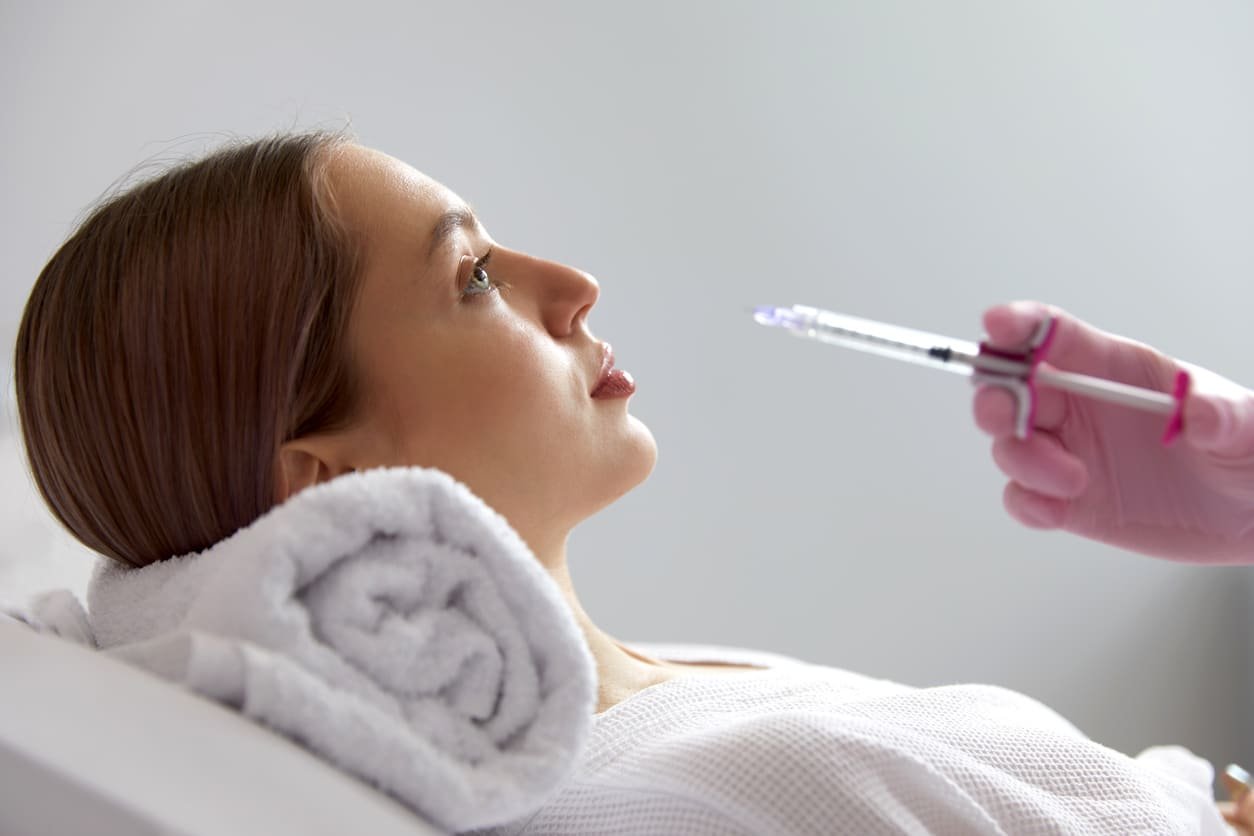
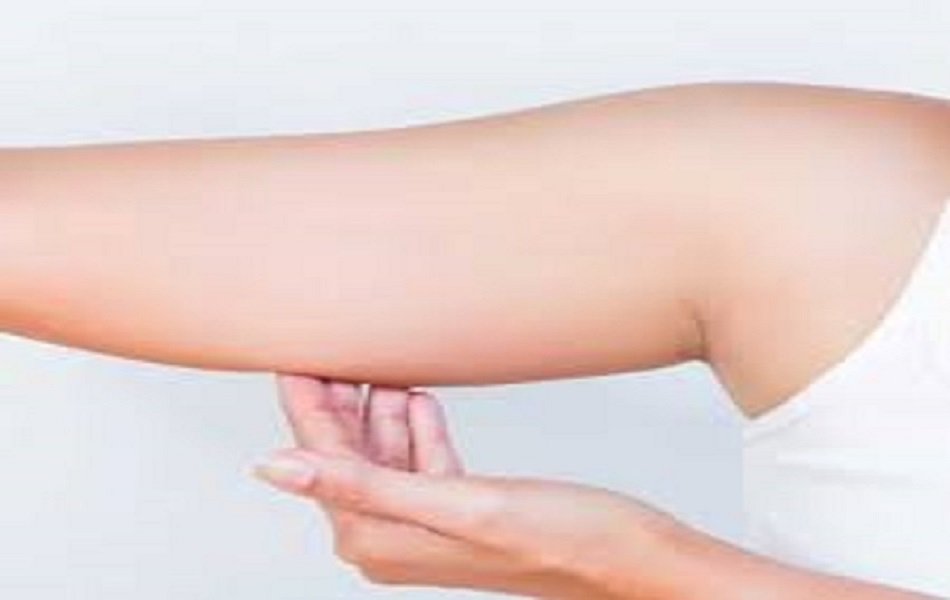
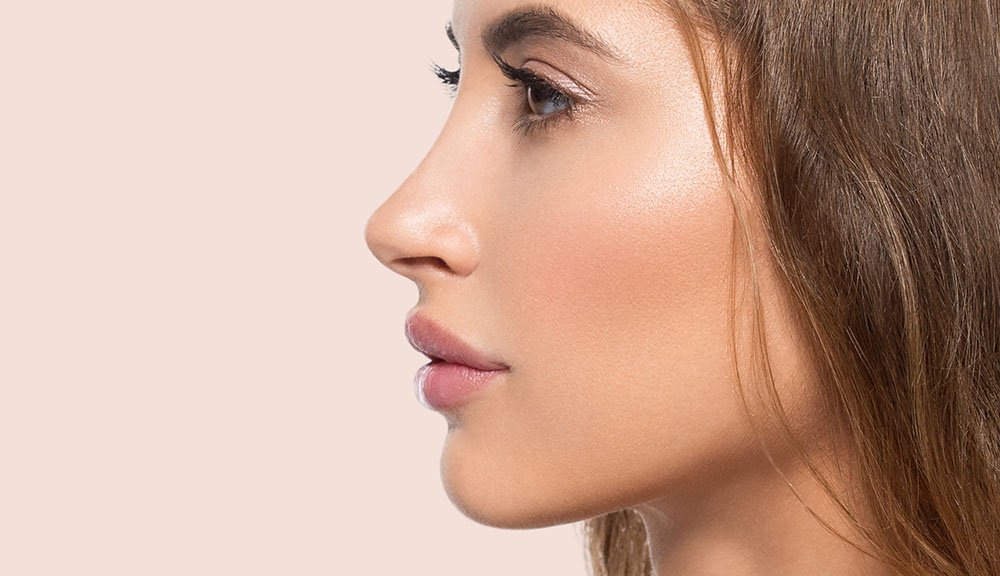
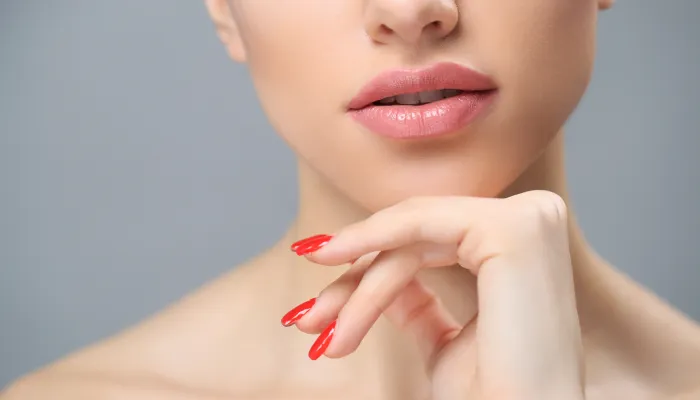




Leave a Reply